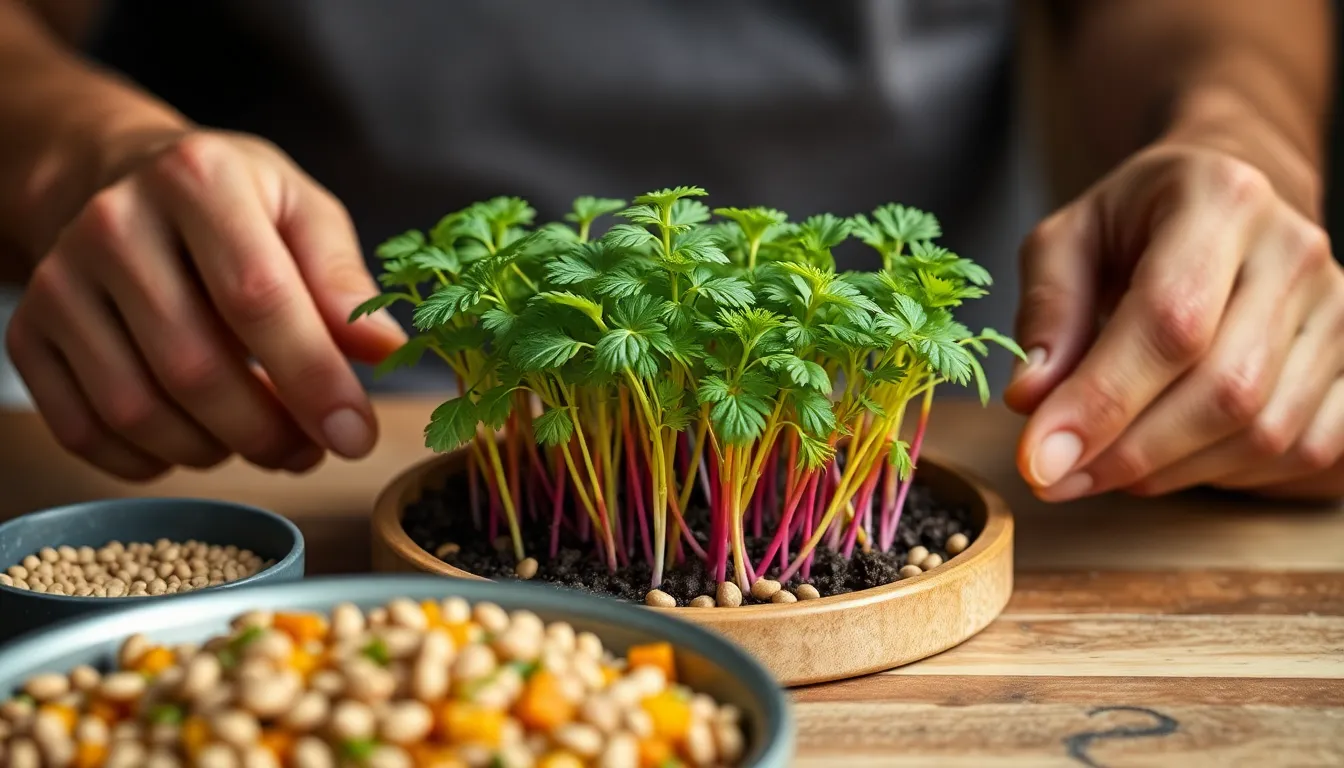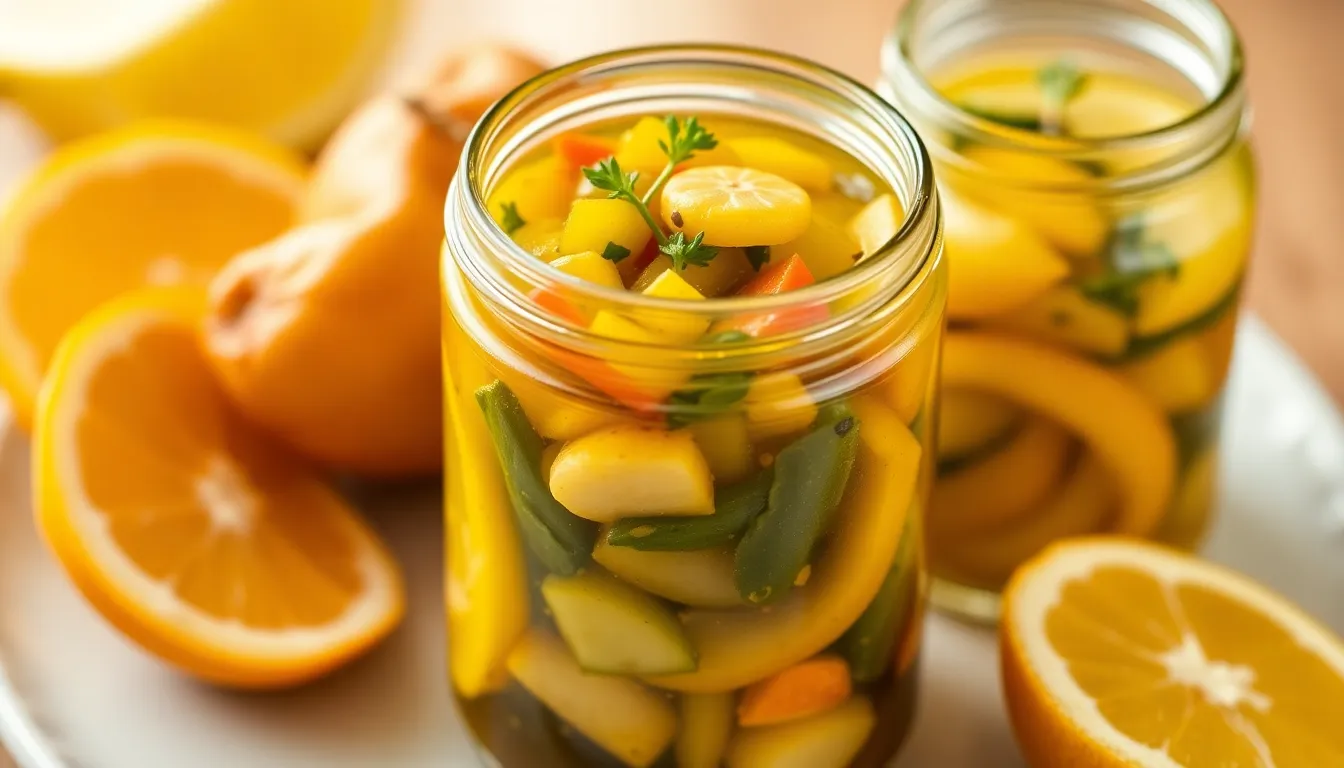How to Grow Your Own Culinary Seeds at Home
Introduction
Have you ever savored a dish and thought about how wonderful it would be to enhance its flavor with freshly grown ingredients? Growing your own culinary seeds at home is not only rewarding but also offers numerous benefits. From vibrant flavors to sustainable practices, cultivating your own herbs, vegetables, and edible flowers can transform your cooking experience.
This article will guide you through the journey of growing your own culinary seeds at home. You will learn why it’s advantageous, the essentials of choosing the right seeds, preparation before planting, the actual planting process, and how to care for your seedlings. By the end, you’ll be equipped with the knowledge and confidence to start your own culinary garden!
Section 1: Why Grow Your Own Culinary Seeds?
1.1 Enhanced Flavor
Nothing compares to the flavor of freshly harvested herbs and vegetables. When you grow your own seeds, you have the power to choose varieties that are known for their robust flavors, which can elevate your cooking to the next level.
1.2 Cost-Effective
Buying fresh herbs and vegetables from the store can add up quickly, especially if you like to cook with a variety of fresh produce. By growing your own seeds, you can save money while enjoying a continuous supply of fresh ingredients right at your fingertips.
1.3 Freshness and Nutritional Value
Homegrown produce is always fresher than store-bought options, often picked at the peak of ripeness. Fresh herbs and vegetables not only taste better but also retain more nutrients, providing better health benefits for you and your family.
1.4 Sustainability and Environmental Impact
Growing your own culinary seeds contributes to a more sustainable lifestyle. By reducing carbon footprints associated with transporting produce and minimizing packaging waste, you are doing your part to protect the environment.
Section 2: Choosing the Right Seeds
2.1 Popular Culinary Plants to Grow
- Herbs: Basil, Parsley, Cilantro
- Vegetables: Tomatoes, Peppers, Lettuce
- Edible Flowers: Nasturtiums, Marigolds
2.2 Factors to Consider When Selecting Seeds
- Climate compatibility: Ensure the plants you choose can thrive in your local weather conditions.
- Growth time and space requirements: Consider how much time you have for your plants to mature and the space you have available for growing.
- Personal taste and cooking needs: Select plants that you frequently use in your dishes to maximize your gardening efforts.
Section 3: Preparing to Plant
3.1 Gather Necessary Supplies
Before you start planting, make sure you have all the necessary supplies:
- Seed packets
- Seed trays or pots
- Potting soil
- Watering can or spray bottle
3.2 Choosing the Right Location
The location of your garden is crucial for the success of your plants. Consider the following:
- Indoor vs. outdoor planting: Decide whether you want to grow your seeds indoors on a windowsill or outside in a garden.
- Sunlight requirements and temperature considerations: Most culinary plants thrive in full sun, while some prefer partial shade. Be aware of your local climate and seasonal changes.
Section 4: Planting Your Seeds
4.1 Step-by-step Guide to Planting
Follow these steps to successfully plant your culinary seeds:
- Preparing the soil: Use a good quality potting soil to ensure proper drainage and nutrition.
- Sowing seeds at the correct depth: Refer to seed packets for specific planting guidelines.
- Labeling seeds for easy identification: Use markers to label each type of seed; this helps you track their growth and care requirements.
4.2 Seed Planting Guide
Here’s a helpful table to guide you in planting some common culinary seeds:
| Plant Name | Ideal Planting Depth | Germination Time | Space Between Plants | Light Requirements |
|---|---|---|---|---|
| Basil | 1/4 inch | 5-10 days | 12 inches | Full sun |
| Tomato | 1/2 inch | 7-14 days | 24-36 inches | Full sun |
| Lettuce | 1/8 inch | 7-14 days | 12 inches | Partial shade |
| Cilantro | 1/4 inch | 7-10 days | 12 inches | Full sun |
Section 5: Caring for Your Seeds
5.1 Watering Techniques
Proper watering is vital for your seedlings. Here are some tips:
- Importance of consistent moisture: Ensure the soil is consistently moist but not soggy.
- Signs of over/under watering: Yellowing leaves may indicate overwatering, while wilting might be a sign of underwatering.
5.2 Fertilization Tips
Fertilizing your plants can enhance their growth. Keep these points in mind:
- When and how to fertilize: Start fertilizing once your seedlings have a few true leaves and follow the recommended schedule.
- Organic vs. synthetic fertilizers: Consider using organic fertilizers for a healthier garden and better flavor.
5.3 Pest Control Strategies
Protecting your plants from pests is essential for a successful garden. Here are some common strategies:
- Common pests: Aphids, spider mites, and slugs are some pests to watch for.
- Natural pest control methods: Introduce beneficial insects like ladybugs or use insecticidal soap as a preventive measure.
Conclusion
Growing your own culinary seeds at home is a wonderfully fulfilling endeavor that not only enhances your cooking but also contributes positively to your lifestyle. By understanding the benefits, selecting the right seeds, and providing proper care, you can cultivate a thriving garden brimming with fresh flavors. So gather your supplies, choose your seeds, and start your journey toward becoming a home gardener. Your kitchen will thank you!




